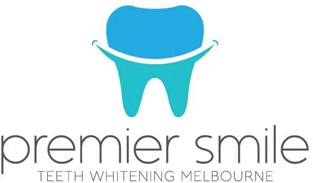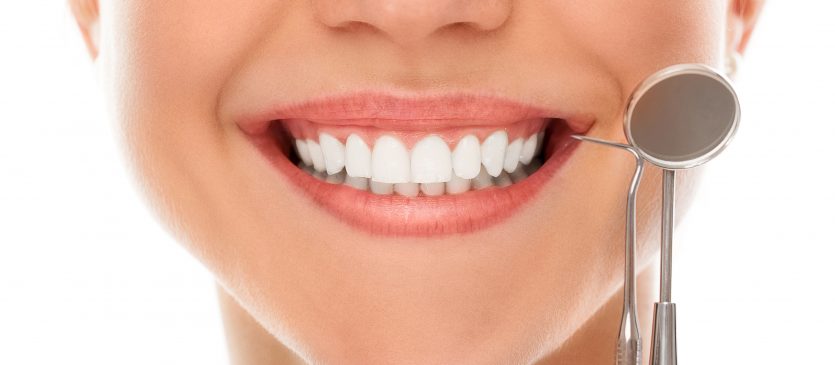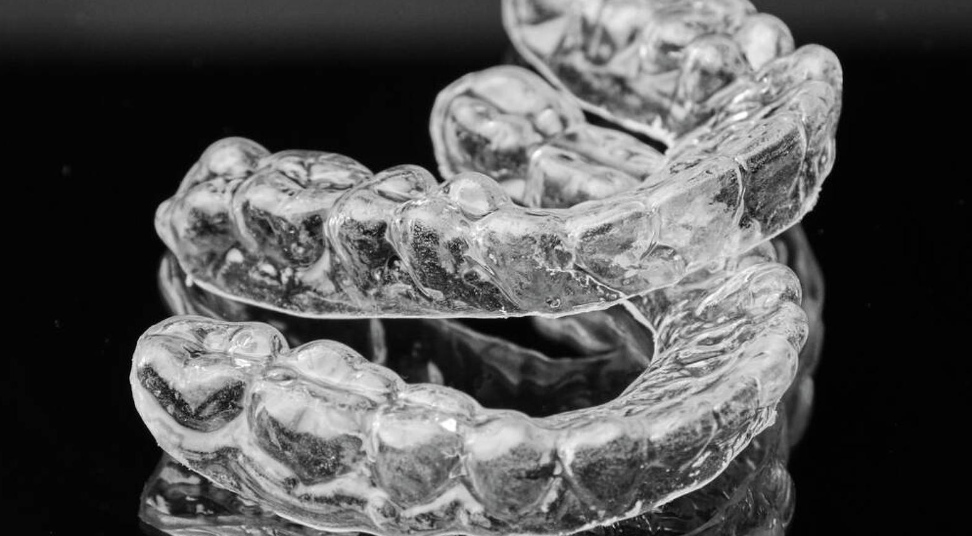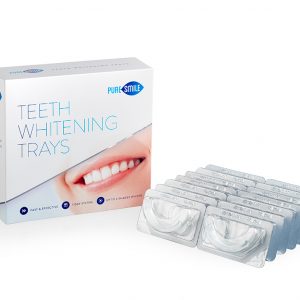Tiffany doesn’t have a set of perfect teeth like Claire, and she is weighing her options on what she can do. Cosmetic teeth whitening has gained popularity over the years. People who were unfortunately born with crooked teeth resort to using the traditional uncomfortable metal braces.
Today, however, dentists are presenting many different choices. One alternative that is gaining popularity are clear aligners. They are almost unnoticeable, one of the main reasons many patients choose them.
Being a new innovation in dental technology, a lot of people are wondering if these aligners actually work. Are they better than the more traditional braces?
How Clear Aligners Work
These aligners are made from clear plastic (acrylic material). The orthodontist will have to examine the patient’s teeth before recommending the appropriate solution.
Several versions of aligners will be tried on the patient’s teeth. Patients will be asked to wear each version for 20 hours a day for two weeks, before patients are given a new set in the series. These are computer generated, and construction is based on the images of the patients’ own teeth.
Clear aligners will make small adjustments to gently move a patient’s teeth to the desired position during the treatment. The treatment may last between 10 to 20 months.
Advantages and Disadvantages
Depending on the condition of a patient’s teeth, these types of aligners may prove to be a good solution to their less than perfect smile. These are just some of the advantages of these aligners:
- They straighten the patient’s teeth in half the time.
- They require fewer dental visits.
- Overall, they help improve patients’ dental health and wellness.
- They are removable. Patients can remove them when eating, drinking, or brushing.
- The aligners do not get in the way when patients are brushing their teeth.
- They are barely noticeable.
- No need to feel conscious when in front of other people.
- The shape doesn’t change.
- They are more comfortable to wear.
- The cost is almost the same as the traditional metal braces.
However, these types of aligners might not be for everyone. These are ideal for teenage and adult patients with crowded teeth or those patients with mild to moderate teeth misalignment. These are just some of the disadvantages:
- They are not recommended for severely misaligned or crooked teeth.
- Buttons may be needed to help keep these aligners in place and these buttons could be uncomfortable.
- Patients would need to brush and floss more often.
Clear Aligners Can Help Fix and Prevent Other Dental Health Problems
Aside from improving the aesthetic look of the patient’s teeth, invisible aligners have other health benefits. Gapped teeth can cause food to get lodged between your gums and teeth. This may cause sore and tender gums that might lead to gum disease. These aligners will not cause stains to accumulate on a patient’s teeth, unlike metal braces.
When one has crooked teeth, cleaning the teeth thoroughly is quite difficult, and regular toothbrushes will not be useful in hard to reach areas of the teeth. These aligners may help correct that.
In addition to the numerous advantages of invisible aligners in enhancing the appearance and health of a patient’s teeth, they have also played a significant role in the growing phenomenon of dental tourism. Dental tourism is a trend where individuals travel to foreign countries to receive dental care, often because of lower costs and high-quality dental services. Invisible aligners, being a less invasive and aesthetically pleasing alternative to traditional braces, have contributed to the appeal of dental tourism. Patients from countries with expensive dental treatments often opt to travel abroad to access affordable orthodontic care, including invisible aligner treatments. This trend not only helps individuals achieve their desired dental outcomes but also allows them to explore new destinations while saving on dental expenses.







